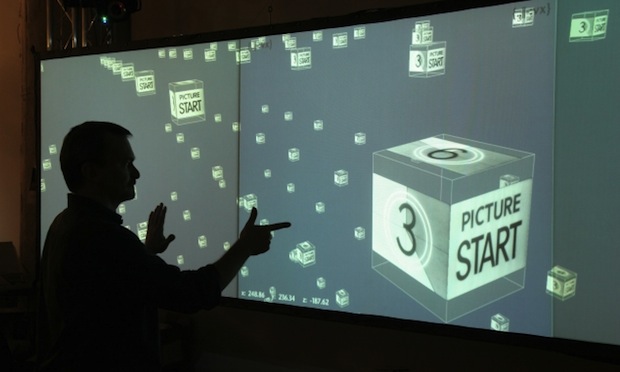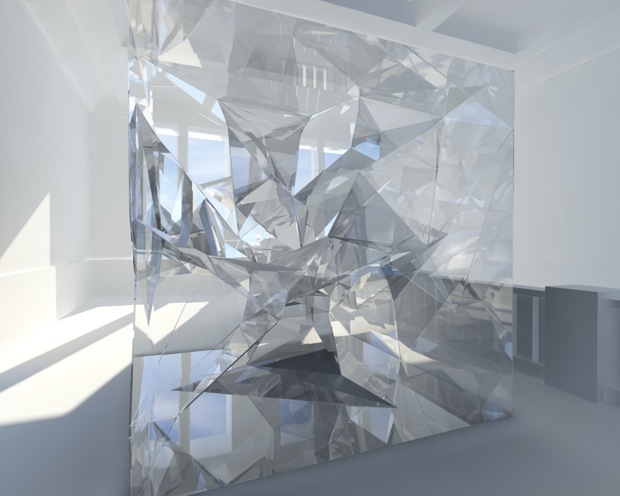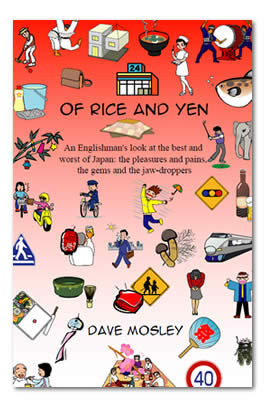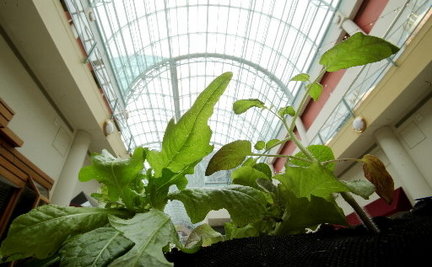Ingenious Flipper Bridge Melds Left-Side Drivers With Right-Side Drivers: "
Hong Kong drives on the left side of the road, mainland China on the right. So how do you prevent crashes when driving between them?
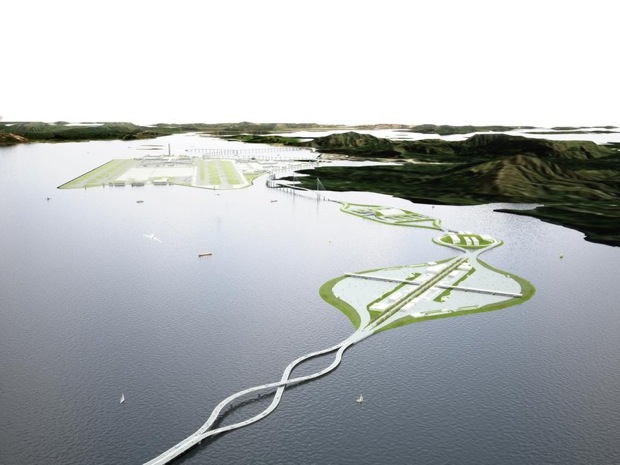
One of the most vexing aspects of traveling between mainland China and
Hong Kong is the car travel: People in the former drive on the right
side of the road; people in the latter drive on the left (a vestige of the British empire).
So to quell
confusion at the border and, more importantly, to keep cars from
smashing into each other, the Dutch firm NL Architects proposed a brilliant, simple solution, the Flipper bridge.
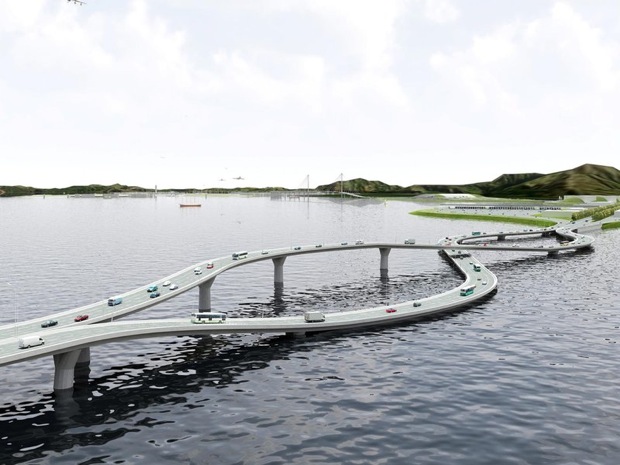
The bridge does exactly what the name suggests: It flips traffic
around. The key here is separating the two sides of traffic, using a figure-eight shape. One side of the road dips under
the other, funneling cars that were traveling on the left to the
right (and vice versa), without forcing them to encounter head-on traffic at an intersection. The bridge
makes what should be a disorienting switch exquisitely easy. Check out
PixelActive's 3D model of the traffic flow
below: [youtube BwpqU3lRfMo]
Say, for instance, you're coming from Zhuhai. As you cross the
bridge on the right into Hong Kong, the highway slopes downward to let
you pass under the oncoming traffic. As it slopes back up, you reemerge
on the left. No cars barreling straight at you. No concrete labyrinth
to maneuver through. No sweat (and, ostensibly, no blood).
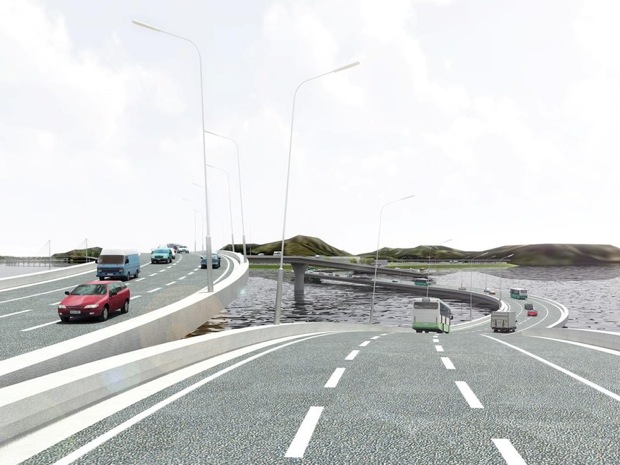
The bridge is part of a master plan NL Architects floated for an ideas
competition on the Hong Kong-Zhuhai-Macau Bridge, a complex of bridges and
tunnels connecting the west side of Hong Kong to mainland China and
Macau. (As clever as their idea was, NL Architects, alas, didn't prevail;
first prize in the professional category went to a proposal called
'Under One Roof' that unctuously billed itself as 'China, Macau and
Hong Kong as one big family,' all but ensuring a win.)
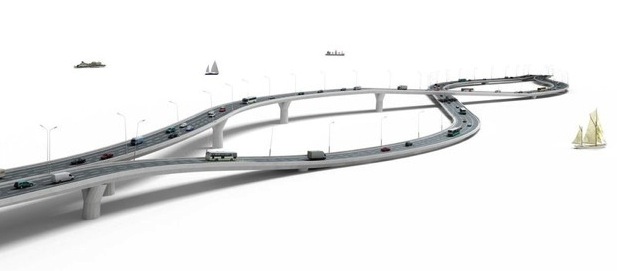
In some ways, though, perhaps the Flipper bridge may be too good of an idea. One of the great paradoxes of driving, as Tom Vanderbilt highlights in his terrific book Traffic, is
that dangerous roads are actually safer precisely because they're
perceived as dangerous; that is, they make drivers more vigilant and
therefore less likely to get into a collision. (Which explains the
seemingly inexplicable appeal of European roundabouts.)
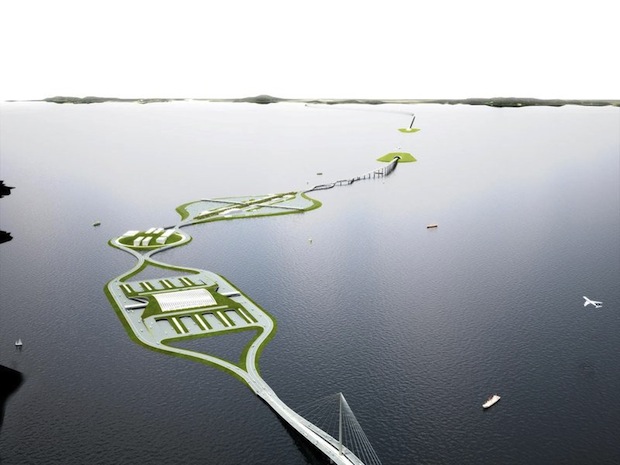
In 1967,
Sweden switched over to right-side driving, after years on the left, and everyone steeled themselves for a spike in accidents. Instead, incidents plummeted. Facing apparent peril, people became more cautious behind the wheel (and others probably stayed off the road altogether).
Sure, the Flipper bridge
seems like a fail-safe idea. But what if a driver, lulled by the easy left-right transition, forgot that the change over had even been made? You can bet a horrifying accident would result. Sometimes, a little danger is a good
thing.

"




